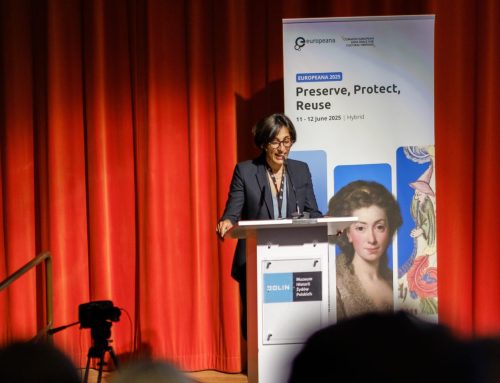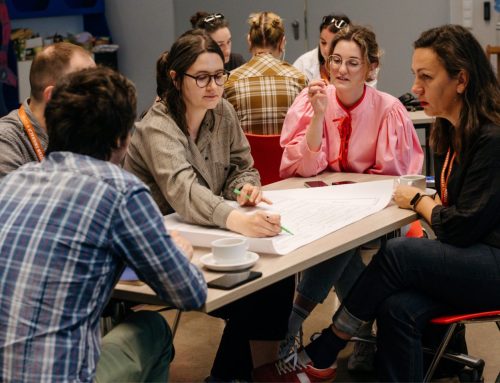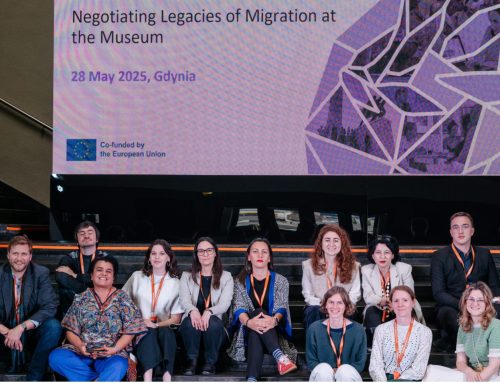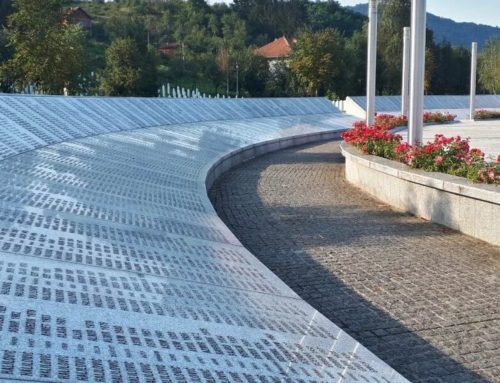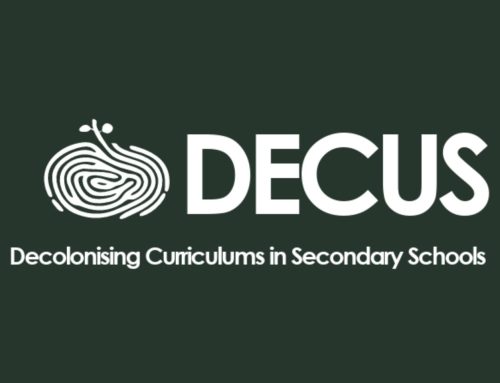Helen Snelson, the Curriculum Leader for History Teacher Training at the University of York and a teacher of 11-18-year-olds with 20 years experience, sat down with us to discuss her role in the development of the Sharing European Histories project and the inspiration behind her strategy – Using stories of the past to teach students about its complexity.
I was very excited when I first heard about the Sharing European Histories project. For me, the project is an example of history education at its best. It is focused clearly on supporting real teachers, in real schools, teaching real children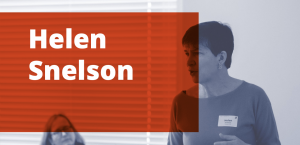 about history and the past. At the same time, it is a project that is not afraid to acknowledge that the past is a very large ‘place’ and that history is messy and complex.
about history and the past. At the same time, it is a project that is not afraid to acknowledge that the past is a very large ‘place’ and that history is messy and complex.
You will hear a lot of people say that we need to look back at the past in order to understand where we have come from, and in order to learn how different people interpret the past to construct historical identities. I agree! But it makes history a hard subject to teach well in schools. Thankfully, it also makes it a rich and endlessly fascinating subject when it is taught well. In addition, young people who know about the past, and about how history is created, are able to join in contemporary debates and discussions with informed perspectives of their own.
At the heart of the strategy of stories of the past is the idea of focusing on people. These people might have lived through the same time period in Europe, but they all responded to the events and other people around them in different ways. Allowing this similarity and difference to be centre stage in the study of the past is a good way to avoid ahistorical over-simplifications about groups of people, how they thought and how they acted. At the same time, personal stories of real people are relatable and concrete. They enable students to engage with stories of the past in order to draw out bigger ideas and meanings.
Each story from the past tells the story of a different person relating to, or during, a specific event or time period. A set of stories has the event or time period as a common focus. However, a successful set draws on stories of people of different ages, gender/sex, backgrounds, locations and perspectives. That is, a diverse group of people. By engaging with a range of personal stories, students are able to identify similarities and differences between their thoughts and experiences. They are able to see that lives and responses are often full of complexity and nuance. They are better able to understand the context of actions taken and views held. They are also able to read about people whose voices may not usually be heard, and about the ordinariness of past life that may not be dramatic enough to warrant a history textbook chapter.
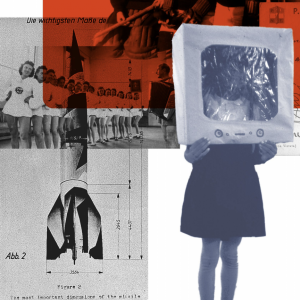 Stories of the past can help students to gain a sense of what a period was like. This then supports learning about major events that may be specified learning for assessment. They can also gain a richer understanding of these major events by reading about the nature and scale of the impact they had on people at the time. And it is possible to consider the stories as source material in the form of oral histories, particularly if teachers choose to engage students in adding to a set of stories of the past by interviewing friends and relatives about their memories of the time period being studied.
Stories of the past can help students to gain a sense of what a period was like. This then supports learning about major events that may be specified learning for assessment. They can also gain a richer understanding of these major events by reading about the nature and scale of the impact they had on people at the time. And it is possible to consider the stories as source material in the form of oral histories, particularly if teachers choose to engage students in adding to a set of stories of the past by interviewing friends and relatives about their memories of the time period being studied.
For the collection of stories from the past for the Sharing European Histories project I chose to focus on the topic of ‘After the Cold War: how do different people remember the years 1989-2000?’ The EuroClio network made it possible to contact people across the continent who were willing to share their stories. I would recommend working on developing a set to any colleague as a wonderful way to get to meet other people. However, it is also possible to use ready-made sets of stories from the past, for example, stories from 1945-49 are available on historiana.eu.
Students were asked to read the stories and to compare the similarities and differences between them. They were then asked to think about how easy or difficult life seemed for people, how much change was happening in people’s lives, and how much people were focused on wider events in the world. Having become very familiar with the stories, students were then able to suggest the impact of location, personal factors, and other factors on people’s experiences and memories. Using that discussion they could then make more general suggestions about life for people in the period 1989-2000.
The stories of the past strategy provides an accessible way to teach about complex ideas. It makes a virtue of the plethora of perspectives and experiences that humans have, in order to develop a richer knowledge and understanding of events and changes.
Helen’s strategy – Using stories of the past to teach students about its complexity – is part of a five-part teaching strategy series designed and tested by teachers for teachers. The aim of Sharing European Histories is to help young people understand the complexity, multiplicity, and transnational character of European history and recognise how history can engage everyone in understanding Europe. For more information, go to sharingeuropeanhistories.eu.



